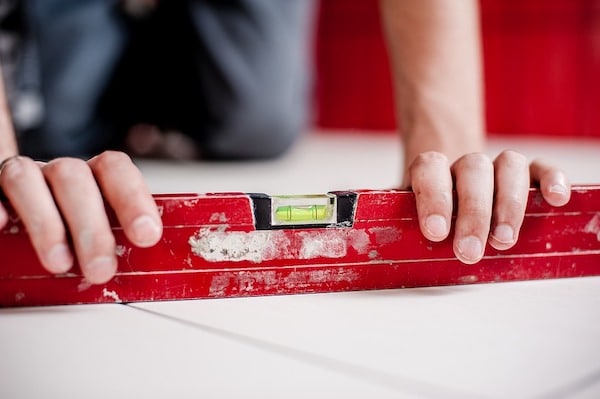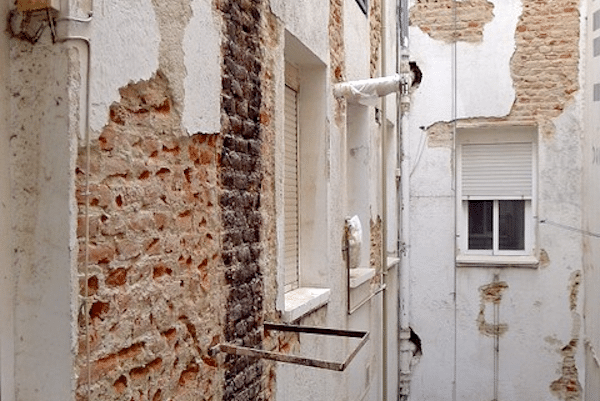When choosing our home, we have several options in which we will not only have to assess the cost, but also the time, level of involvement, etc. Some studies, generally carried out by real estate companies, indicate that three out of five investors choose to buy old apartments in central areas to, once refurbished, sell them with a wide profit margin. The crux of the matter is whether you are an investor or not.
If our first dilemma is of whether to buy a new home or one to reform part of the basis that will be our future home, the considerations change. In the first place, because we will not count with the technical and industrial equipment that when working by volume, offer much more competitive prices for the works. That is the reason why many private buyers are fleeing of house purchases that require deep reform and a larger percentage of them opt for new construction.

Downtown or outskirts?
In any case, the trend indicates that the place where we want to live is a determining factor in this dilemma. Given the relentless escalation in the price of new housing, especially in the central areas of large cities, if our priority is that location and we do not have much money, there will be no choice but to opt for the second hand house and undertake reform. On the other hand, the most common, if the residence ends up settling outskirts of town, is to opt for new housing.
The reform will play an important role in the negotiation of the final price. Studies of Real Estate portals revealed this year that, considering that the average amount of a comprehensive reform can exceed 22,000 euros, if that negotiation down the price of housing fructifies, the final savings over a new one can be almost 40,000 Euros. We cannot forget that in the middle of this process, a multitude of conditions can alter these figures – starting with the disposition of the seller – as well as months of waiting until the works are finished.
In hands of professionals
Ideally, before taking the final step, a professional of constructions can at least perform a superficial visual inspection to estimate the scope of the cost. No matter how much quickly or a nutshell will be his calculation, always will be much more accurate than ours. In this line, in addition, we have to be aware that there are many subsidies for reforms related to energy efficiency, as well as accessibility, which are two of the main shortcomings that this type of housing usually has.
What if we build?
There is a third alternative that we have not yet touched on: build our own house. A house a la carte, we could say, but always keeping in mind that the rush is not good. Depending on the house, the terms we handle from the start of the project until the keys to our house are delivered can go from 12 to 24 months.
There are many details to be resolved, from the preparation and approval of the plans, to the purchase of the land, obtaining licenses, the construction itself and all the final details that exist around this option. If we do not have the plot, a priori, it may be a more expensive option than the rest, and to think that we will avoid the not negligible cost of intermediaries such as developers or Real Estate Agents will not be a great comfort, because in this case we must add geotechnical studies, registrations in the correspondent Registries, fees, architect, etc.
However, building your own home has many advantages. Among the most prominent are not only the absolutely personalized design of each and every single elements of the house, but also of the materials used in the construction, something about which buyers increasingly show greater sensitivity. Of course, the level of involvement and supervision must be maximum, compared to the first two options.






Leave A Comment